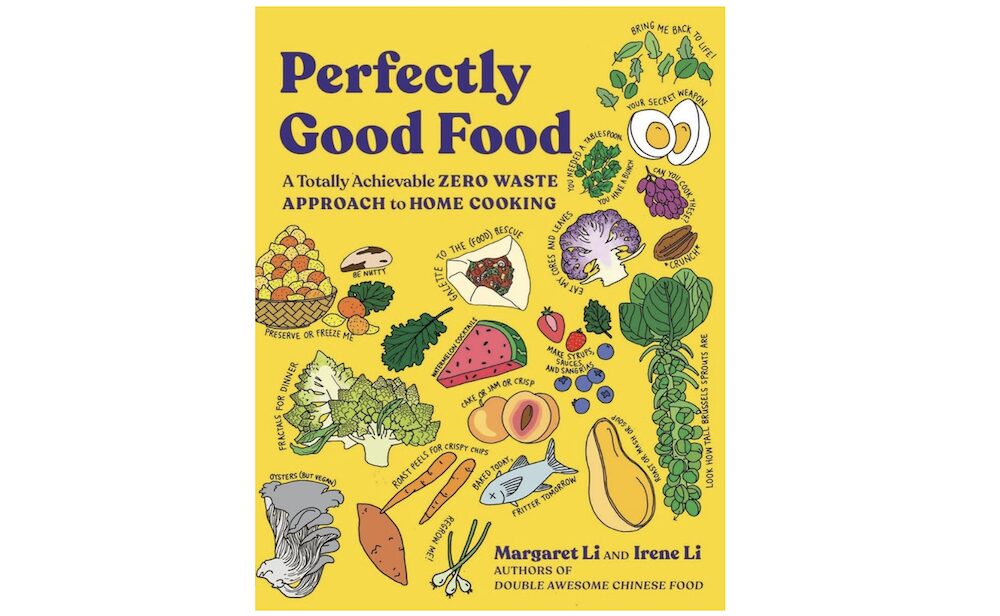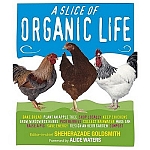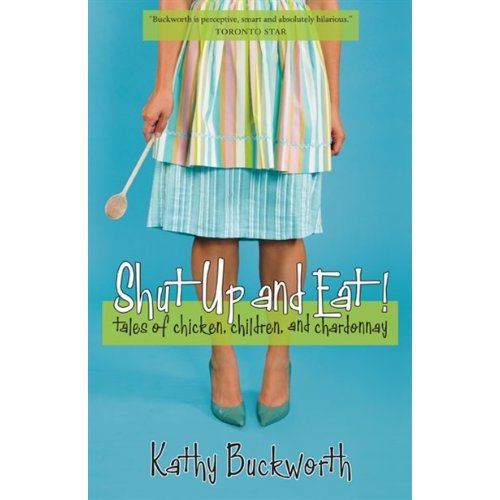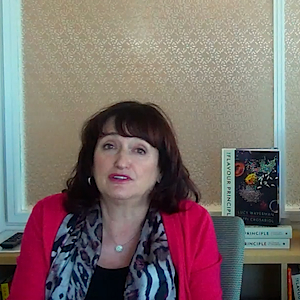Perfectly Good Food: A Totally Achievable Zero Waste Approach To Home Cooking – Margaret & Irene Li (Norton), $37
Being Scottish, I’m no stranger to being a little thrifty in the kitchen, so a zero-waste approach to cooking endeavours has always held a great appeal for me. When one considers that 25 – 30% of landfill is household food waste trapped within anaerobic garbage bags producing horrific amounts of methane, one begins to understand why we should all do our civic duty when it comes to reducing the food we throw away. Unlike a certain Toronto celebrity chef who sends his minions to harvest from the refuse containers at the Food Terminal a couple of times a week, I’ll never go as far as dumpster diving, but I do believe that as consumers, we should be doing our little bit for the climate with small-scale food rescue.
As it says in the title, this book by sisters Margaret (Mei) and Irene Li presents the reader with a “totally achievable” roadmap to this philosophy and is presented in such a manner that’s never in any way preachy or judgemental at your failings when it comes to food waste. It’s a lighthearted and enjoyable read that gives you hundreds of hints and tips to effortlessly integrate into your usual regime. Apparently they wanted to call it Live Fast, Eat Trash, but their publisher was having none of it.
Despite convincing myself that I was already pretty well informed when it comes to such matters, I was utterly astonished at just how many ways of storing and presenting normally jettisoned food “scraps” the Li sisters suggested I add to what I mistakenly thought was my already extremely waste-conscious repertoire.
While I’ve had a very efficient freezer stock bag system in place for decades now (hard rule: every Allium, no Brassicas), I honestly hadn’t thought about doing the same with fruit bits and bobs for smoothies. And then the sisters present the concept of a “Use Me First” tray or shelf in one’s fridge? It’s such a gloriously simple approach to the issue of fridge management, but its inherent simplicity is what actually blew my mind. I’m feeling a little daft that I never thought of this previously.
Now my real challenge is getting the rest of the family to follow this new process, but isn’t that always the case?
As a child, I was very much in love with Usborne books, such as their Know How Guide to Spycraft or their Detective’s Handbook. As soon as I opened Margaret and Irene Li’s Perfectly Good Food, I fell in love with the art style (see the pics below), as for me, it was wholly reminiscent of those books I enjoyed so much in my youth.
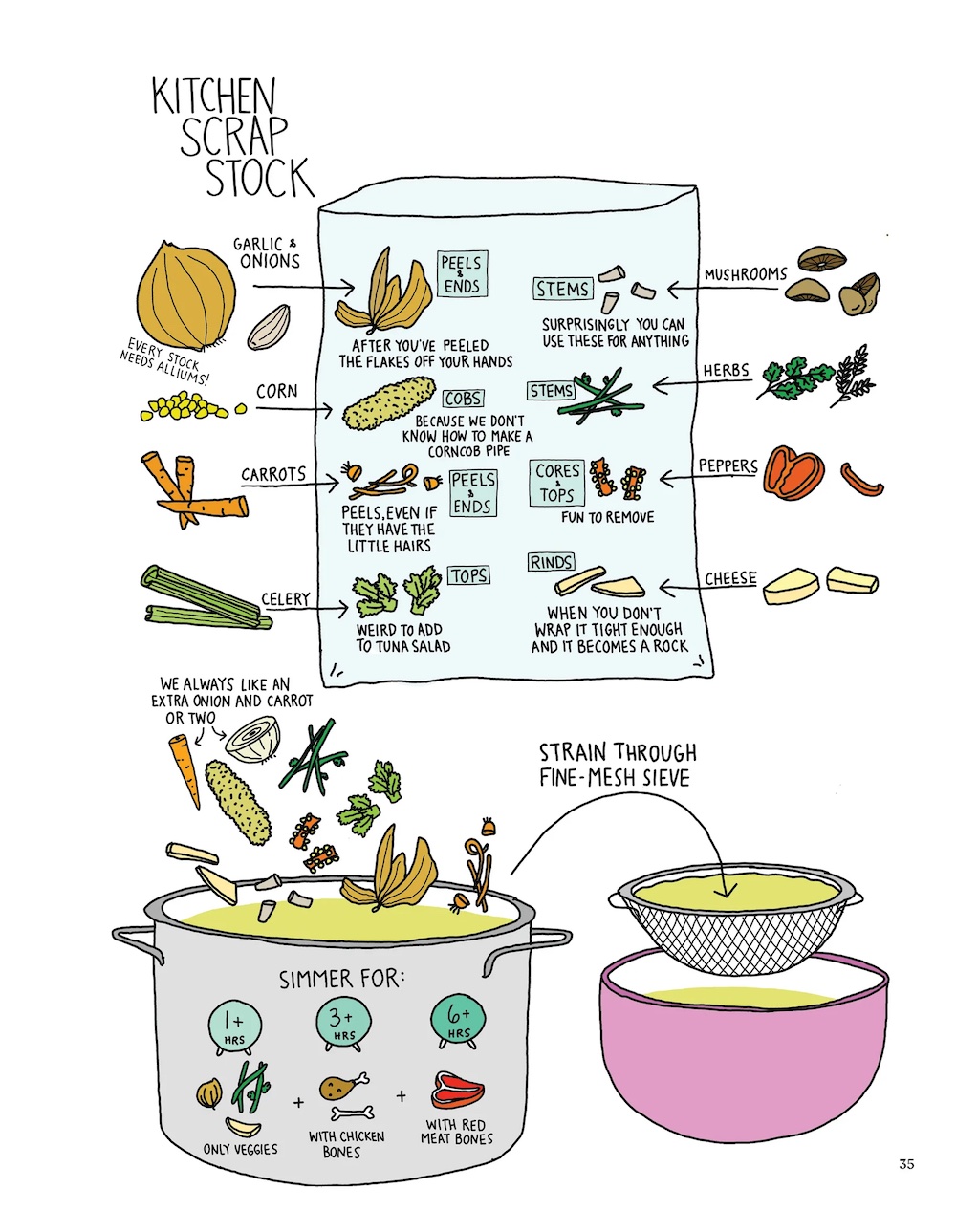
In its 350 pages, the book is divided into four sections: Getting Started, Vegetables, Fruits, and finally Proteins and Dairy.
A series of recipes they refer to as “Hero Recipes” to lead off both the Vegetables and Fruits chapters. These are designed for when one needs to, for whatever reason, “shop from the kitchen” rather than going to the store. These are all clever, flexible, modular recipes such as “Anything-You-Like Galette” and “Eat-Your-Leftovers Pot Pie” allowing one to use up the contents of one’s fridge augmented with a few pantry staples. I’ll mention here that they are a lot less disgusting than they may at first appear going by name alone!
The Vegetables chapter takes up over half of the book, and it quickly becomes apparent why when one considers the fact that vegetables make up the lion’s share of food thrown into the garbage bin due to their innate perishability. When I think about it, it’s past-their-best veggies which are the main culprits when it comes to food waste in our household, salad leaves and herbs being the main issue. Thankfully, the Li sisters have a few ideas about using up tired salad leaves and herbs…
Wilted salad leaves are revived for salad, frozen for later, stir-fried, thrown into Anything-In-The-Kitchen pasta, turned into a dressing, made into a Lettuce Soup, grilled or charred, added to smoothies, made into an All-The-Greens Saag Panneer, and used as a garnish for soups or stews.
Meanwhile, sad-looking fresh herbs are tuned into a Green Sauce, Creamy Green Dip, Herby Vinaigrette, Herby Ranch, Herb Butter, Herb Infused Syrup, Herb Oil, Herb Salad, Eat-The-Whole-Herb Tempura, Tabbouleh-ish Herb Salad, Thai-Style Tofu with Lots of Herbs (Laab/Larb), and Herby Green Rice.
As you can see from the few examples here, that’s more than enough to be getting on with. I, for one, was rather inspired by many of the recommendations made by the authors.
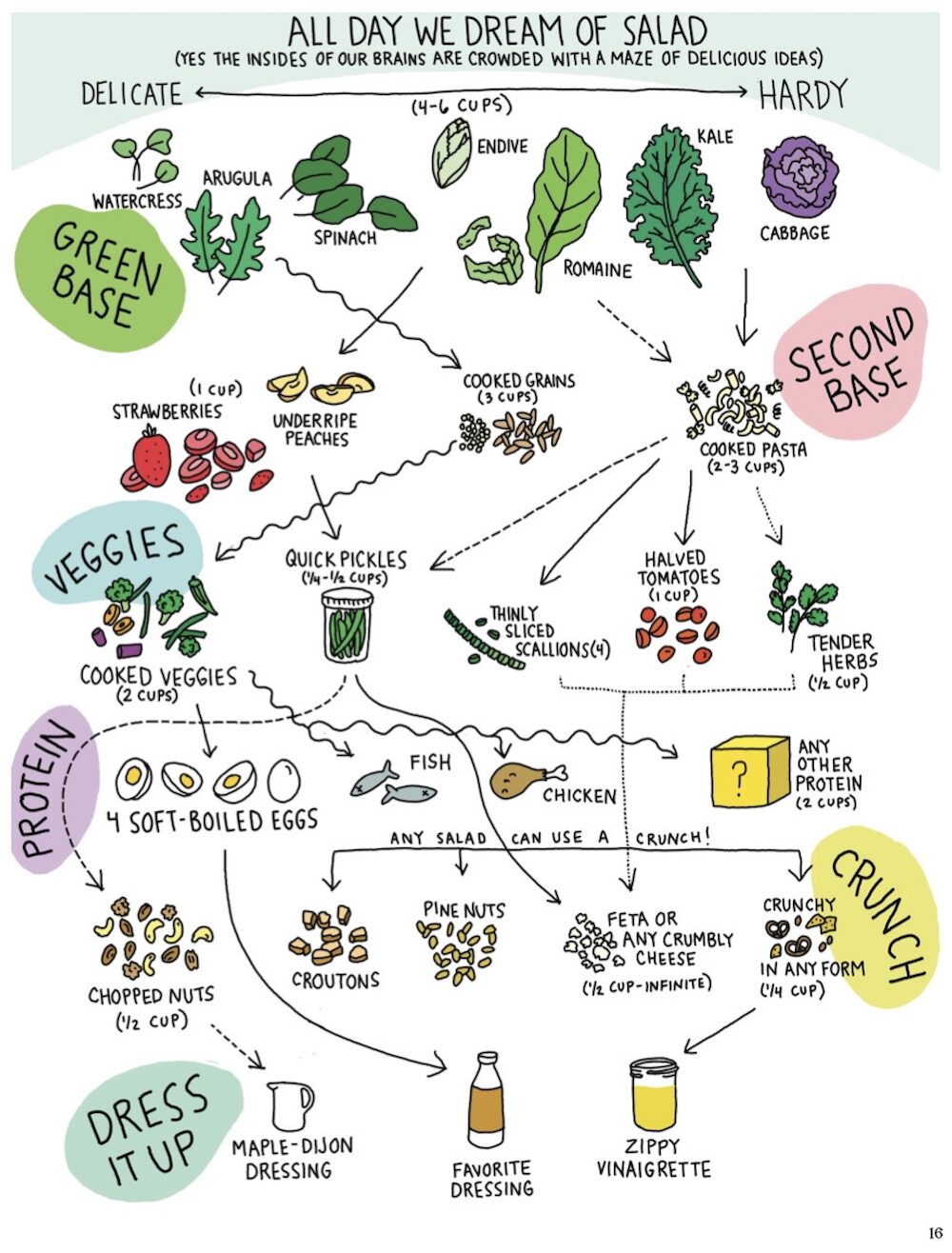
Much like me, they are huge fans of using the freezer, stating the utmost importance of properly labelling things and suggesting you keep a roll of painter’s tape and a sharpie at hand. Listening to an interview with Mei and Irene, I was laughing to discover that Mei had recently moved to Glasgow, Scotland, and was complaining about the tiny fridge freezers over there. I could wholly empathise with her about that.
When it comes to recipes, personal favourites of mine would be their quick pickles, something I find myself using as a zingy garnish at least once a week, and the Use-It-All Mushroom Bolognese, which went down a treat with our 9-year-old. The Sheet-Pan Frittata has also come in extremely handy when I’ve been at a loss for what to make for a Saturday lunch. Oh, and I now religiously freeze half of my lemons and limes.
It is worth noting here that throughout the entire book, there are hacks (damn, I despise that term) for the best ways to store and save all of the foods contained within, extending their lives in your fridge, on your countertop, or in your freezer, and there are a shedload of things in here I had never even thought of: Although I did know that one shouldn’t be storing potatoes alongside onions, I wasn’t aware that one could refreeze food (even meat) that had been defrosted in the fridge (according to the USDA). There’s a hell of a lot to take away and ponder contained within these pages.
Over the past month or so, I have greatly enjoyed experimenting with many of the suggestions and recipes from Perfectly Good Food. All of the recipes have turned out quite wonderfully thus far, and I look forward to adventuring further into the world of zero-waste cooking in the coming year.
Highly recommended.
![]()
(Four and a half out of five apples… and use the extra half apple for a smoothie)

